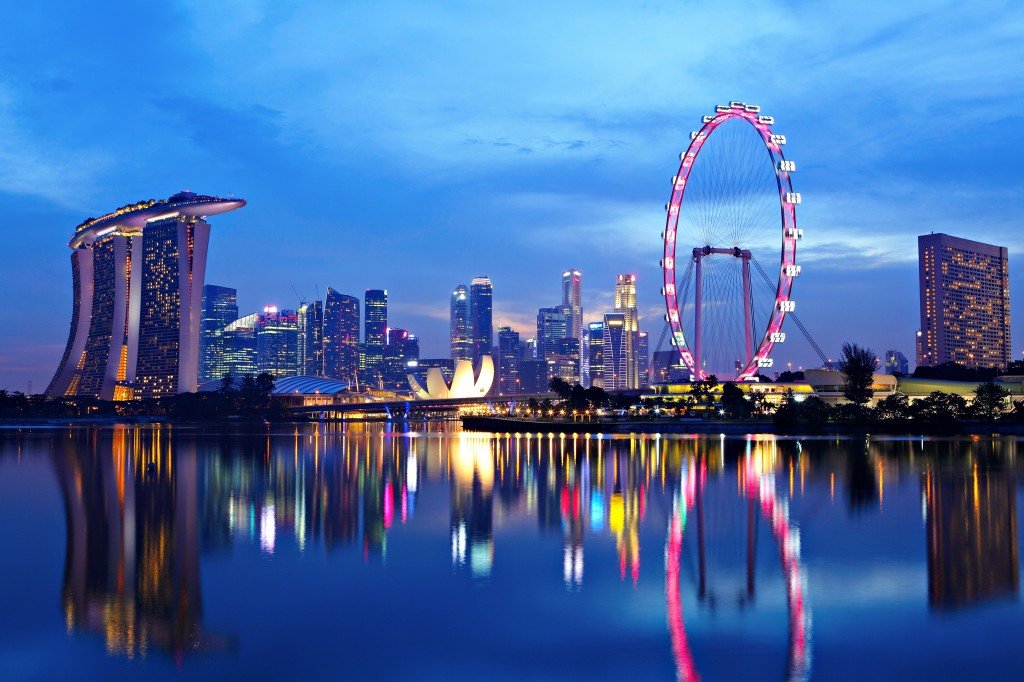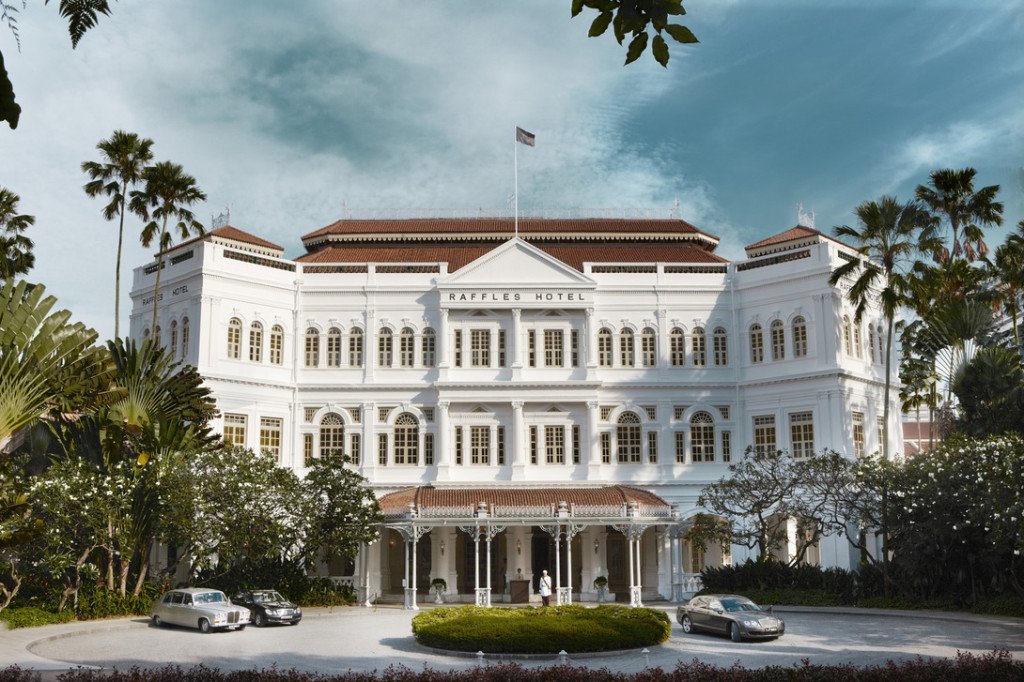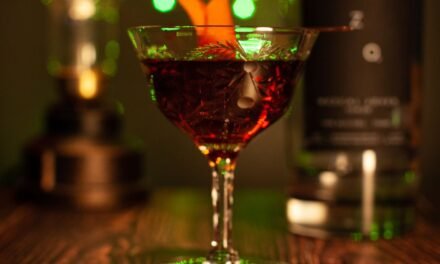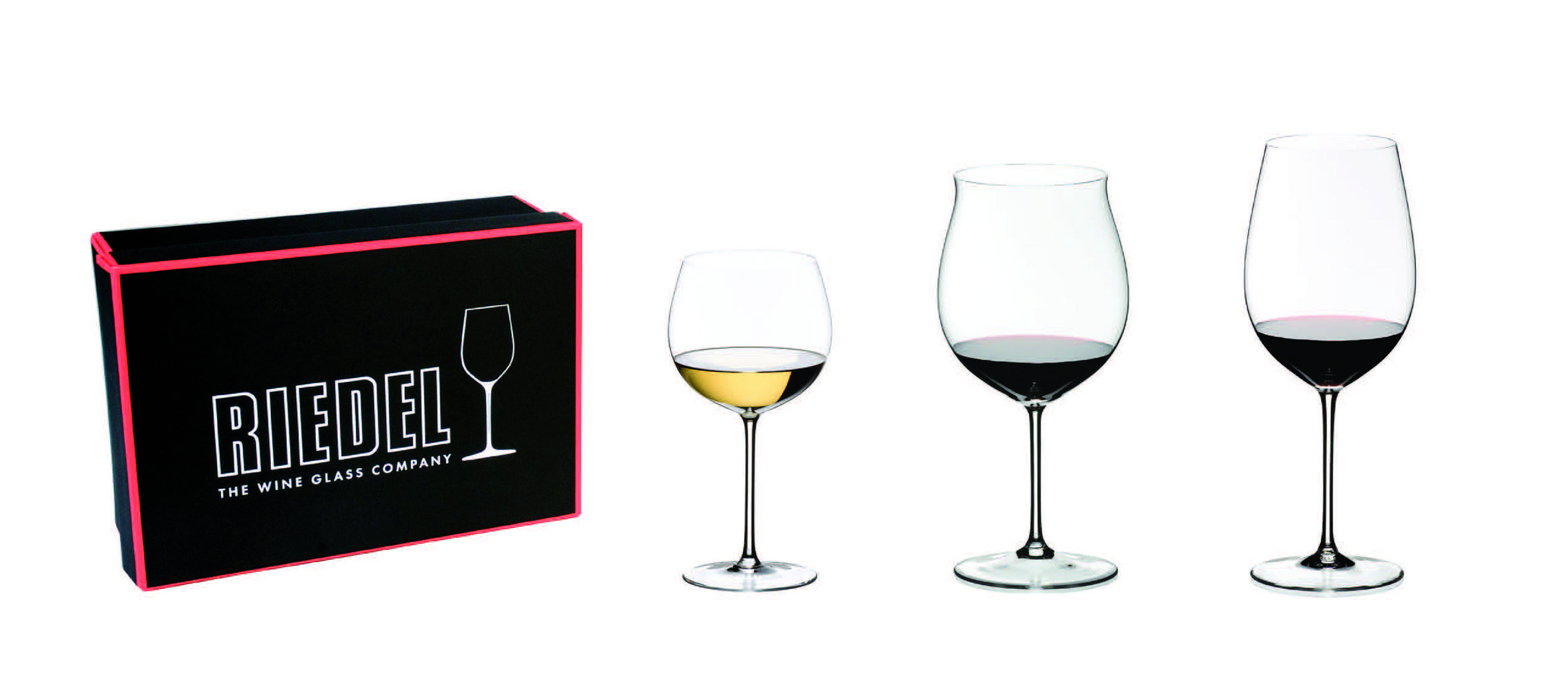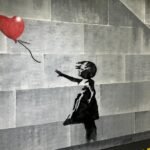
Singapore — Giant Little Island
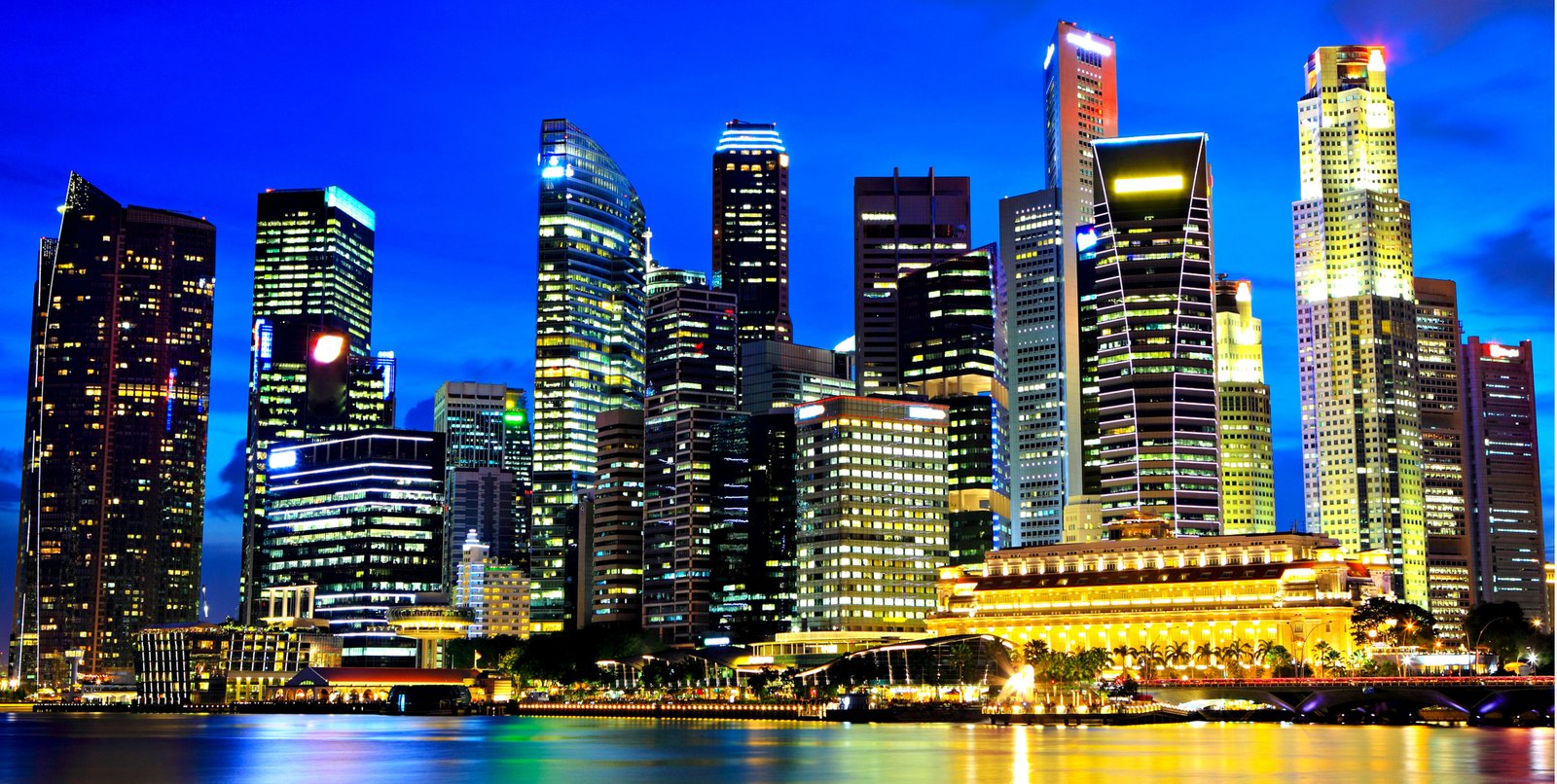
Its People
Today, Singapore is an integral, prosperous part of Asia known as the Pacific Rim. This island state has slightly over 5.3 million population (including about 3.3 million citizens), including about two million permanent residents or foreign workers.. Its ethnic composition is about 75% Chinese ethnicity, 15% Malaysian, and 8% Indian. As many as 11 million transient workers visit Singapore annually.
A considerable portion of its land, around 20%, has been reclaimed from the ocean since the 1960s. Another 18% may be added to its land base by 2030. Even so, space is tight. Most of its population live in high rise condominium-type apartments. However, these are modern, functional dwellings.
Singapore Island is by far the largest island in the chain, joined by over 60 much smaller islands and islets. On its north side, the Straits of Johor separate Singapore from Malaysia, part of the main Asia continent, and on the south, Singapore Strait separates it from Indonesia’s far western Riau Islands.
Primarily, the business of Singapore is a wide gamut of business. It exists as a banking, finance, and high tech electronics and manufacturing center. Singapore is considered one of the world’s greatest commercial hubs, the fourth largest financial center and one of the five busiest ports. Its environment is considered extremely competitive and one of the easiest in which to do business.
Singapore’s population is very well educated, enjoying the third highest per capita income in the world. English is the first language of administration and communication, although Malay, Mandarin Chinese and Tamil are also official languages. There is a local colloquial dialect called Singlish, but it seems to contain many elements of American English. All ethnic groups seem to work together harmoniously.
Even though, in business, there is considerable integration of these groups, there are sections in Singapore where different groups seem to congregate to some degree of residency, dining and shopping. There is a Chinatown, of course, but also sections more dominated by Malay and Indians dialects.
When we talked to Singaporeans, we were pleased to see that the English spoken seems to be American English—subtleties and nuances of English are actually of the American sort. This, of course, is an enormous aid to international commerce and day to day conversations involving the United States and American citizens.
Despite its very small size, Singapore’s commercial prowess often causes it to be labeled as a middle class power. The island is one of the five founding members of the Association of South East Asian Nations (ASEAN).
What to See
Many hotels in Singapore are fairly new and rank as world class. Recently, the Ritz-Carlton hotel in the city was considered to have the world’s sexiest bathrooms. We toured those bathrooms and certainly agree with that assessment. The colonial ambiance of Raffles Hotel is still available as an alternative. Fine dining exists in many restaurants, including the well-preserved charm of Raffles’ restaurant and bar. This establishment is renowned for its “Singapore Sling” cocktail.
All told, despite the nation’s small size, there are 21 Singapore luxury hotels with a five star rating, including one boutique version. These include Stamford Singapore, Raffles Hotel Singapore, a true landmark, Shangri-La Hotel Singapore, Naumi Hotel Singapore, Marina Bay Sands Singapore, Mandarin Oriental Singapore, Marina Mandarin Singapore, St. Regis Singapore, Inter Continental Singapore, Ritz Carlton Millenia Singapore, Fairmont Singapore, Conrad Centennial Singapore, W Singapore Sentosa Cove, The Regent Singapore, Pan Pacific Singapore, Grand Hyatt Singapore, The Fullerton Hotel Singapore, Capella Singapore, Four Seasons Singapore, The Fullerton Bay Hotel and the Park Royal in Pickering.
Tourism is not the country’s largest industry, but it is significant. Visitors should have a very interesting time, exploring a variety of sites. There is an excellent historical museum, the National Museum of Singapore. It includes descriptions of Japanese World War II brutality, and how Singapore’s fortunes fell and rose again afterwards. In 2007, over 10 million tourists visited the nation. In addition, Singapore is gaining a reputation as a medical tourist hub.
The harbor of Singapore at night is not to be missed. To me, its lit-up skyscrapers compare very favorably with those of Manhattan or another tight little island, Hong Kong. Boat tours day or night are available to travel all around the harbor.
On the docks, many new developments have occurred. Restaurants and boardwalk entertainment are available for tourists interested in nightlife. Extensive landfill projects have made it feasible to provide alternatives to busy, bustling daytime activities.
Legalized gambling with several new casinos started in 2005.
Singapore Airlines flies direct nonstop from several west coast U.S. cities. For a somewhat longer trip, it flies eastward from inland cities across Europe, and there connecting east to Singapore. Its Changi Airport is consistently ranked as one of the world’s finest.
Government
The government of Singapore should still be considered authoritarian. Dissent seems to be tolerated up to a point, but public speech is still limited. Free elections have been held in recent years, and there are at least two political parties.
Lee Yuan Kew was Prime Minister of Singapore from 1965-1990, and, if benevolent to some extent, was still a de facto dictator. Reportedly, he once described his country as a “guided democracy.” He retired as prime minister in 1990 and all indications are that he has voluntarily relinquished his authority.
Therefore, today, the country seems a safe location for foreign investment. Its business- friendly environment evidently influenced wealthy Hong Kong residents to move considerable capital over to Singapore, after the Communist Chinese takeover in 1997.
History of Singapore
Like the U.S., the country is indeed a “nation of immigrants.” The British took over the island in the early 1800s, officially founding Singapore in 1819.when it was a virtually uninhabited rainforest jungle. Sir Stamford Raffles established the site as a trading post of the East India Company, after negotiations with the Sultan of Johor. They recruited a host of laborers from mainland China, to help build a settlement along a potentially great harbor. Later, Malaysians and Indians also were recruited. Initially, the British kept these ethnic groups separate to serve their own interests.
As the island grew and prospered as a trade center, it was designated a crown colony of the Empire. Singapore had its share of colonial trappings, such as British race courses and the Raffles Hotel.
The Japanese attacked and invaded the country in late 1941 into early 1942. From 1942-1945, the Japanese occupation of Singapore was brutal to an extreme. Not only scores of British war prisoners perished in camps, but Singapore residents (especially the overseas Chinese immigrants who had supported Chiang Kai Shek) were subject to widespread massacres. The Sook Ching massacre claimed thousands of Chinese lives and is well documented in a Singaporean history museum.
After World War II, Singapore resumed its status as a British colony. It became self-governing in 1959. After some Communist threats, an independent nation of Malaysia, including Singapore, was formed in 1963. However, the rest of Malaysia felt considerable resentment towards the Chinese majority in Singapore. Most of Malaysia was Muslim, whereas Singapore was not. Problems climaxed two years later, when Singapore was expelled from the Malaysian Federation and was left to function on its own.
In 1965, now independent and responsible for its own well-being, Singapore truly fit the bill of the “third world hellhole” described in the London musical. Unlike the rest of Malaysia, the country had no natural resources, such as rubber or tin. The Singapore harbor had been neglected for decades and was run down and polluted. Truly, much of the island could be described as a mosquito-ridden rainforest.
Prime Minister Lee saw that his nation’s sole resource was its people. Therefore, he set out to increase the population’s level of education. By draconian measures, the harbor and environment in general were cleaned up. Systematic landfill programs were also started. Lee’s aim was to promote Singapore as a banking and business center.
From 1965 to the present, Singapore has pulled itself up by the proverbial bootstraps to achieve the status of an economic power house. It trades actively with other Pacific Rim countries, the U.S. and Europe. It has reasonably good relations with Malaysia, the nation of 20 million from which it was cast out 40+ years ago. Because of the state of the world in general, and the fact that the western tip of Indonesia and 200 million Muslims are only 90 miles away, Singapore understandably maintains a defense force.
Summary
In summary, the city state of Singapore is a comfortable place in which to do business and a fascinating place to visit.










